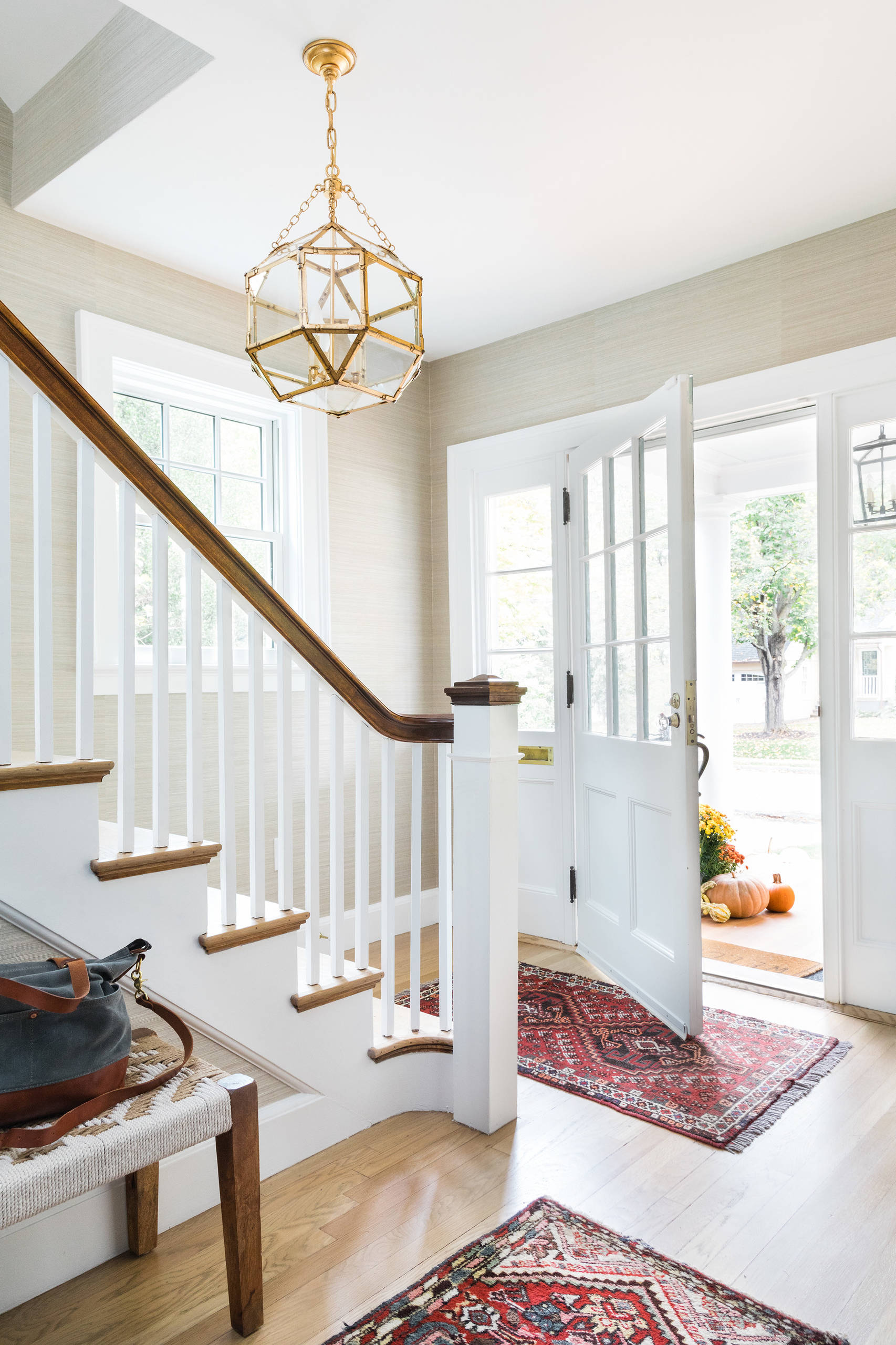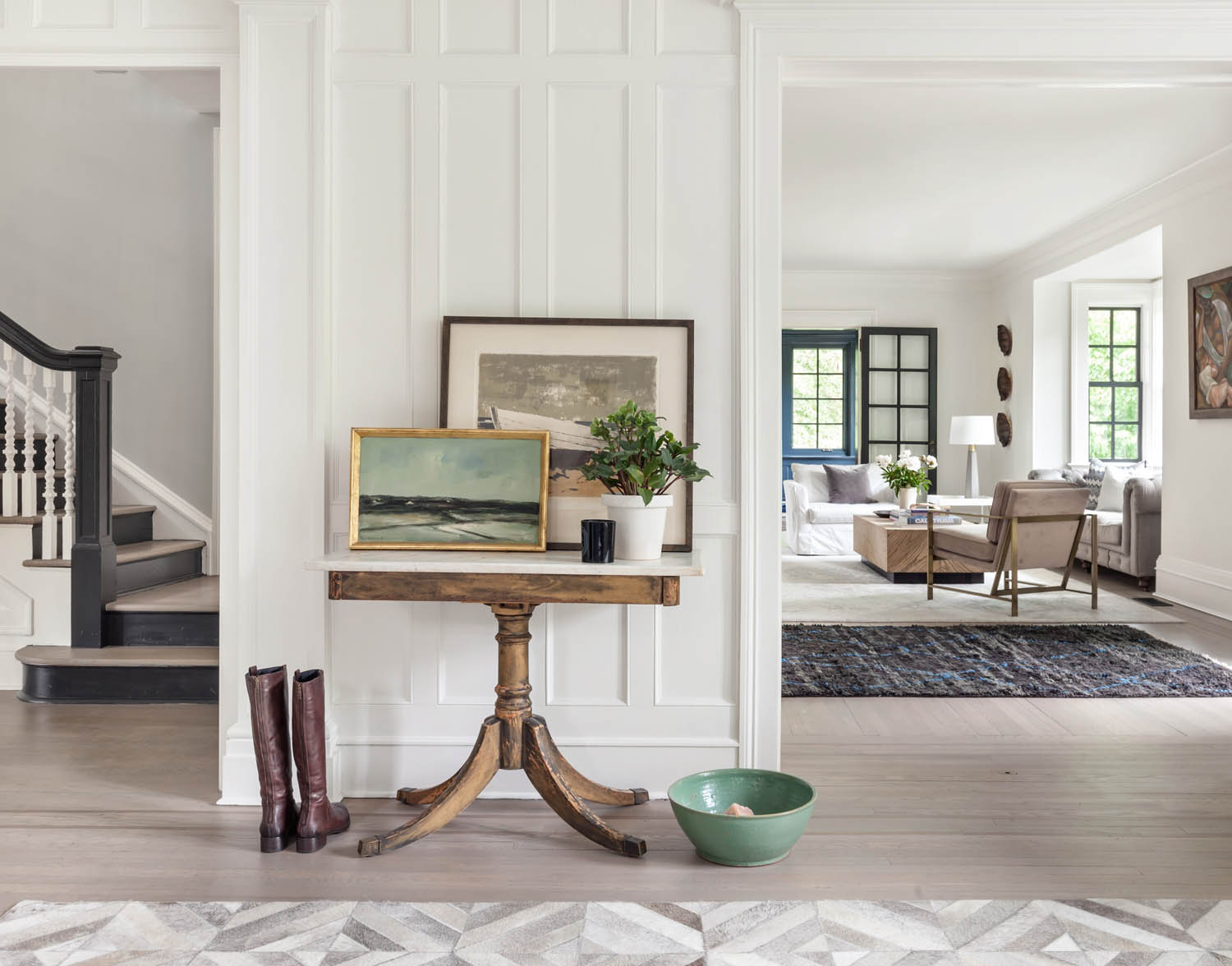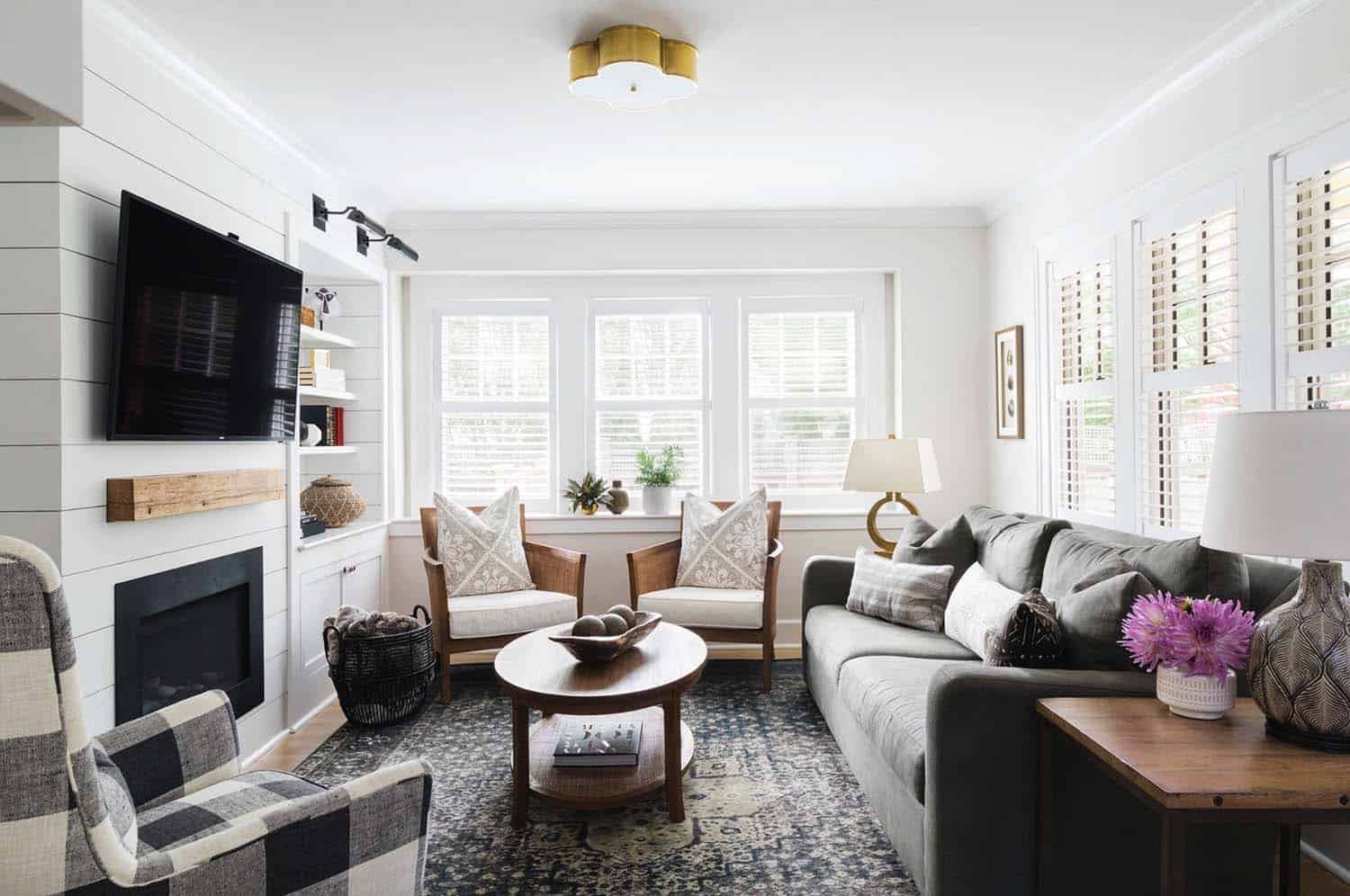What is Dutch Colonial Decor?
Dutch Colonial decor reflects a unique blend of historical influences, primarily characterized by its roots in the 17th-century Dutch settlements. This design style harmoniously combines functional design with a rustic charm, featuring an array of wood, rich colors, and handcrafted elements. The Dutch Colonial style originated from Dutch architecture and interiors, becoming prevalent in regions such as New York, New Jersey, and other areas once colonized by the Dutch. Through personal experience in designing spaces, I can assure you that this decor style not only transforms a room but also tells a story of history and culture.
History of Dutch Colonial Decor
The history of Dutch Colonial decor dates back to the 1600s, when Dutch settlers brought their architectural and design principles to North America. The style is defined by its gabled roofs, symmetry, and large windows, which allowed for natural light to fill the interiors. Over the centuries, the Dutch Colonial style evolved, but its core elements remained intact, including the use of natural materials, earthy colors, and handcrafted furniture.
Key Elements of Dutch Colonial Decor
Understanding the key elements of Dutch Colonial decor is crucial to successfully incorporating it into your home. Here are the primary features:
1. Architectural Features
- Gabled Roofs: A hallmark of Dutch Colonial architecture, these pitched roofs provide an iconic visual appeal.
- Symmetrical Designs: Balance and proportion are emphasized in Dutch Colonial homes, making them aesthetically pleasing.
- Large Windows: These create an inviting atmosphere and allow ample natural light to illuminate the interior.
2. Color Palette
The color palette in Dutch Colonial decor often combines earthy tones with vibrant accents, creating a warm and inviting environment. Common colors include:
| Color | Hex Code |
|---|---|
| Warm Beige | #D9CBA0 |
| Deep Green | #2C3E50 |
| Rich Red | #C0392B |
| Soft Cream | #FDF6E3 |
3. Furniture Styles
Furniture in Dutch Colonial decor is robust, often made from solid woods like oak, maple, or walnut. Look for:
- Heavy wooden tables
- Carved chairs with intricate detailing
- Painted furniture with folk art influences
Incorporating Dutch Colonial Decor in Your Home
1. Living Room
To create a Dutch Colonial living room, start with a color scheme that reflects nature and warmth. Add a large, wooden coffee table and accent it with antique brass or copper accessories. Use textiles with traditional patterns such as florals or stripes, further enhancing the Dutch aesthetic.
2. Bedroom
A Dutch Colonial bedroom should feel cozy and inviting. Consider a four-poster bed or a vintage wooden bed frame, paired with warm bedding. Incorporate handmade quilts and vintage rugs to complete the look.
3. Kitchen
In the kitchen, opt for a farmhouse sink and wooden cabinetry. Displaying Dutch ceramic dishes on open shelving adds a personal touch. A central island with wooden stools can encourage family gatherings.
Pros and Cons of Dutch Colonial Decor
| Pros | Cons |
|---|---|
| Timeless elegance | Can feel heavy if not balanced |
| Rich in history | Requires investment in quality materials |
| Warm and inviting atmosphere | May not suit ultra-modern tastes |

Common Misconceptions About Dutch Colonial Decor
1. It’s Outdated
Many believe Dutch Colonial decor is no longer relevant. However, its timeless appeal continues to resonate in contemporary design.
2. It’s Too Dark
While rich woods can dominate the decor, emphasizing lighter fabrics and colors can create a balanced and airy feel.

3. It’s Expensive
Investing in quality pieces is key, but you can also find affordable alternatives or DIY projects to achieve the Dutch Colonial look.
Frequently Asked Questions
What materials are commonly used in Dutch Colonial decor?
Common materials include solid woods like oak and walnut, textiles such as wool and cotton, and metal accents like brass or wrought iron.

How can I modernize Dutch Colonial decor?
Modernizing Dutch Colonial decor can involve incorporating contemporary art, lighter color schemes, and sleek furniture designs while maintaining classic elements.
Is Dutch Colonial decor suitable for small spaces?
Yes! Using lighter colors, mirrors, and multifunctional furniture can effectively adapt Dutch Colonial decor to smaller spaces.

Are there specific plants that complement Dutch Colonial decor?
Traditional plants like ferns and potted herbs work wonderfully to enhance the earthy feel of Dutch Colonial decor.